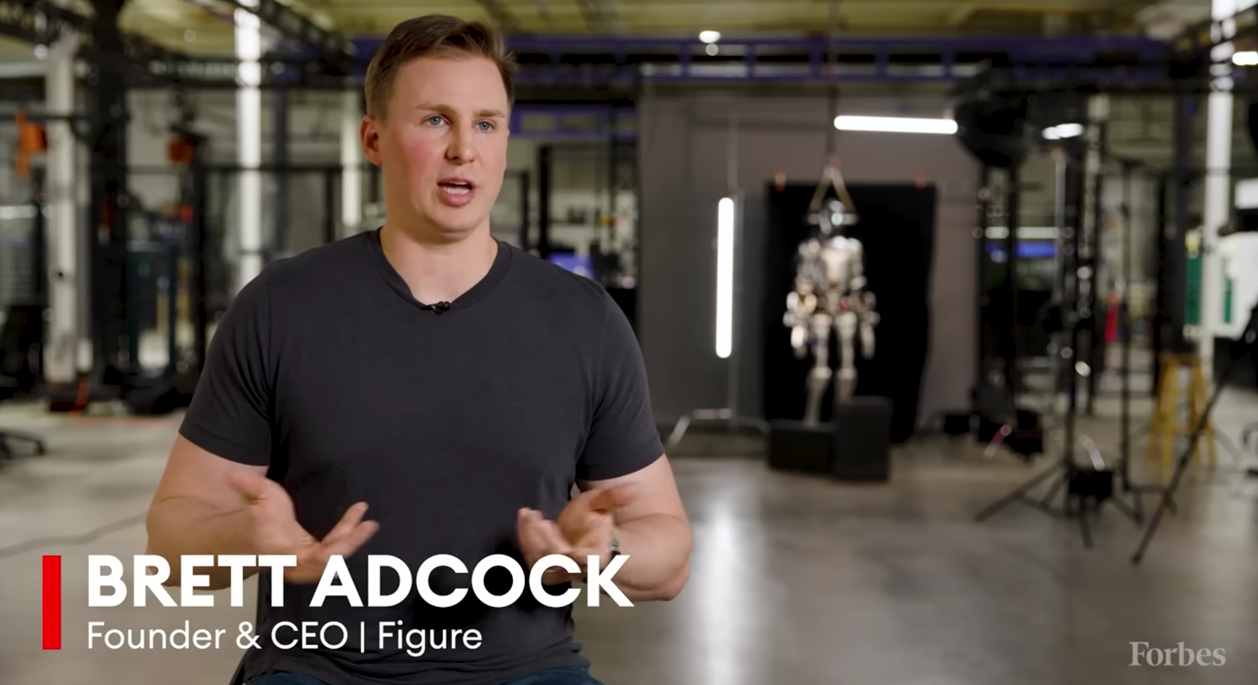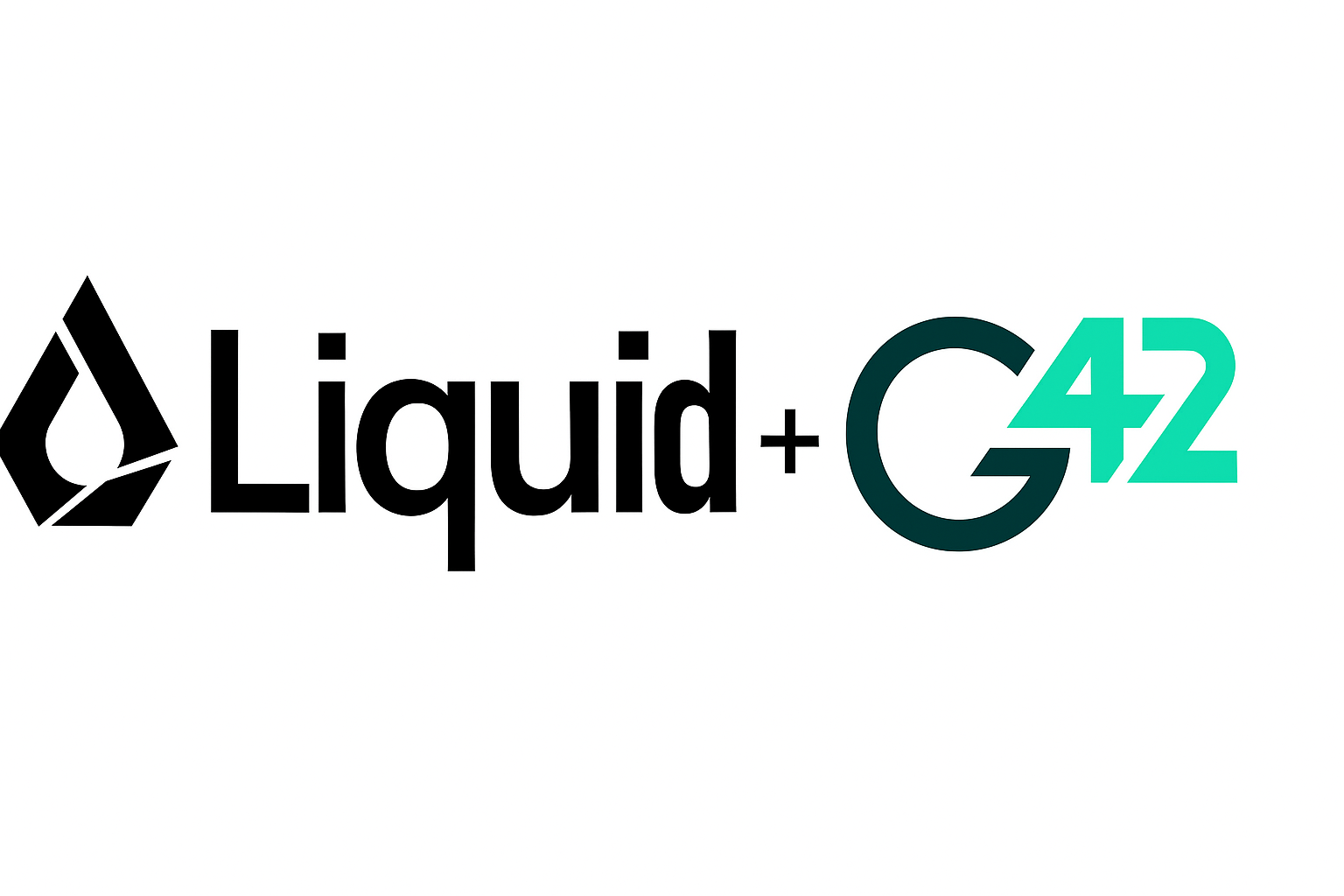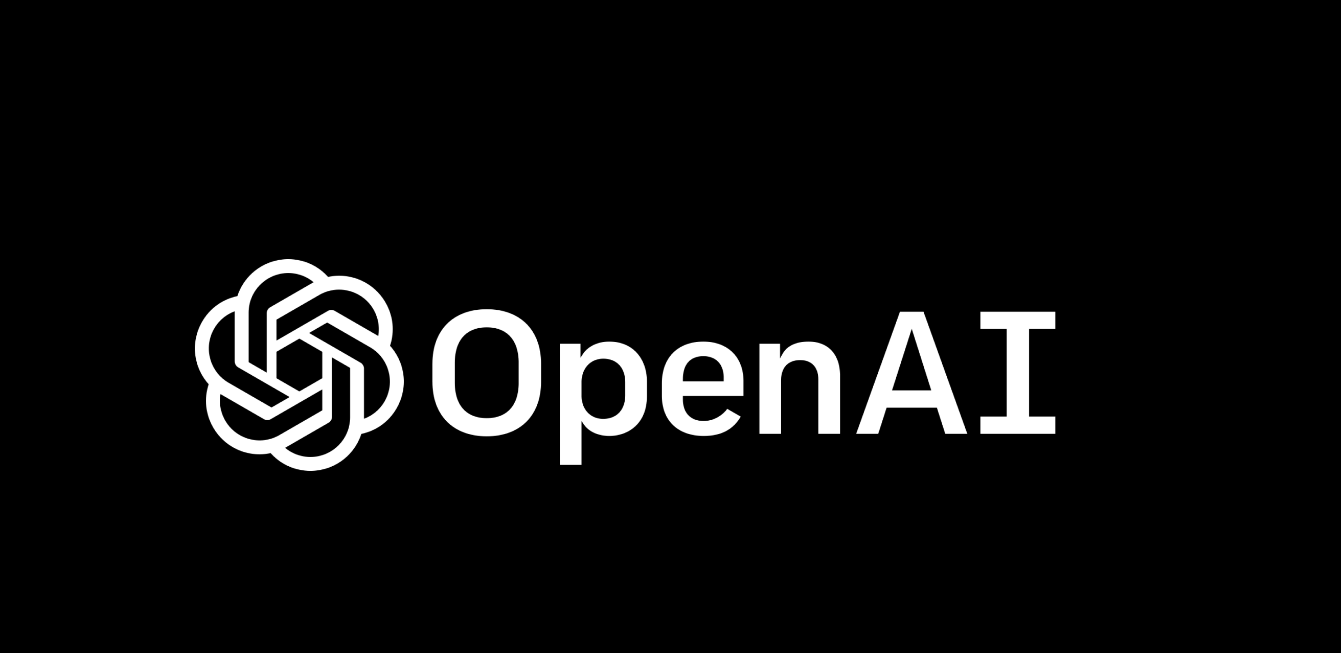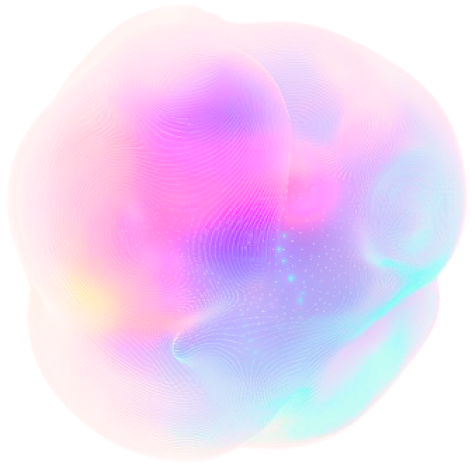Brett Adcock, the 38-year-old entrepreneur behind Figure, a company creating humanoid robots, is not just any founder. With more than $750 million in funding and collaborations with giants like BMW and OpenAI, Adcock’s company is on the brink of revolutionizing the robotics industry. He has claimed that Figure will “become one of the most important businesses in the world,” a bold assertion backed by the integration of advanced AI models into humanoid forms.
Just last year, Figure raised $675 million at a valuation of $2.6 billion, marking a significant milestone that not only reflects the tech community’s trust in Adcock’s vision but also catapults him into the realm of billionaires. According to Adcock: “There are no commercially viable humanoid companies today that are in the market making money,” underscoring the pioneering challenge Figure aims to tackle. This effort is not merely about building robots but about shaping a future where human-like machines become a part of our everyday fabric.
Transforming Visions into Reality
Figure’s approach to robotics is distinctively characterized by speed and agility.
“At Figure, we believe getting to market faster is super healthy from an engineering perspective,” said Adcock in a recent Forbes interview. This belief propels the company to prioritize rapid prototyping and testing over prolonged research and development phases. Such a strategy is reminiscent of the Wright brothers’ pioneering spirit in aviation, a comparison Adcock himself makes, noting: “It was very rare to have a new technology that has no incumbents and is unregulated.”
The collaboration with BMW signifies a practical test bed for Figure’s robots, intended to automate tasks in one of the largest production plants globally. This partnership is not just about refining robot functionality but also about proving their utility in high-stakes, real-world industrial environments.
“We hope to launch over the next 12 to 24 months in Spartanburg, South Carolina,” he said, revealing both the timeline and the ambitious scale of deployment he envisions.
The Humanoid Edge
What sets Figure apart is its commitment to creating robots that not only mimic human actions but also interact seamlessly with human operators. Adcock believes that the humanoid form of the robots will facilitate natural interactions.
“Our robot looks like a human so we can gather human-like data from humans doing demonstrations of things,” said Adcock. This human-centric design philosophy is central to Figure’s mission, as it ensures that robots are not just tools, but partners capable of integrating safely and effectively into human environments.
Safety and integration are paramount in Figure’s design ethos. Adcock stresses the importance of these aspects.
“We need to be able to interact next to them safely; we need the robots also safely integrated into a home,” he said. This focus reflects a broader vision where humanoid robots are ubiquitous, assisting in everyday tasks without posing risks to their human counterparts.
Looking to the Future
Despite the technical marvels that Figure promises, Adcock is mindful of the societal implications of humanoid robots. He addresses potential concerns about job displacement, suggesting that the technology could instead alleviate labor shortages in sectors where humans are reluctant to work.
“There’s a huge labor crisis that’s going on that’s really not well reported and we want to help solve that,” Adcock pointed out, calling attention to the role robots could play in filling gaps in the workforce rather than replacing it.
The future Adcock envisions is one where AI-driven robots become as common as computers are today. He imagines a world where “artificial intelligence will be the backbone to basically everything we do,” from simple daily chores to complex manufacturing processes. This vision aligns with the broader trends in technology where integration of AI enhances capabilities and efficiency.
A Perspective on Progress and Caution
While Adcock’s enthusiasm for the potential of humanoid robots is palpable, it is also tempered with a recognition of the challenges ahead. The integration of robots into everyday life is a monumental task that requires not only technical innovation but also a thoughtful consideration of ethical, social and economic impacts. The approach Figure is taking — rapid development combined with rigorous testing and a focus on human-centric design — suggests a path forward that could indeed pull the future closer to the present.
Adcock’s Figure is not just building robots; it’s attempting to redefine the boundary between human and machine interaction. Through strategic partnerships, a focus on safety and usability, and a drive to address real-world problems, Figure is poised to carve out a new niche in the robotics industry. If successful, Adcock’s vision of humanoid robots could soon transition from the realms of science fiction to everyday reality, marking a new era in technological evolution.
Featured image: Credit: Forbes






